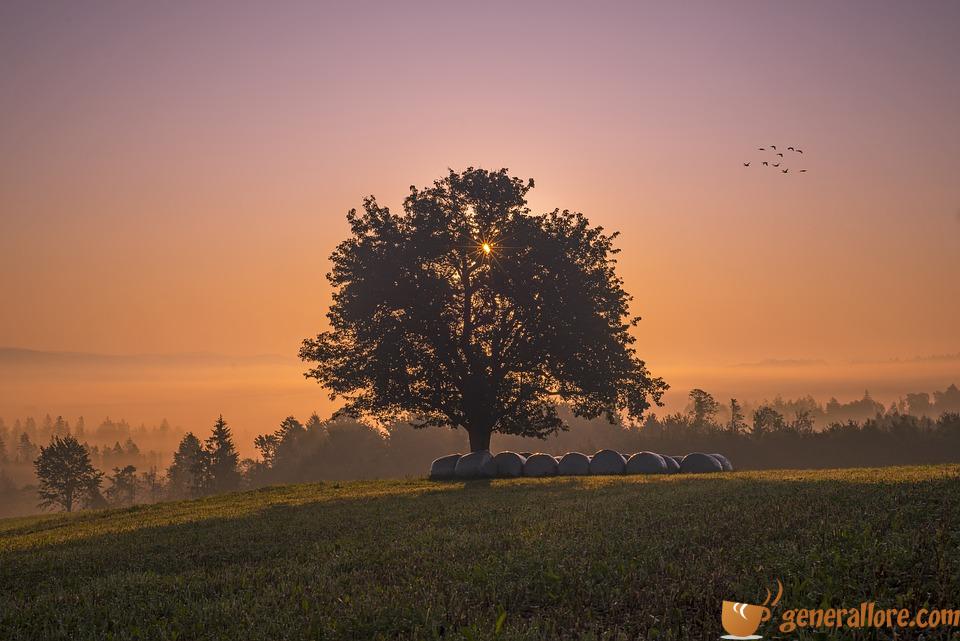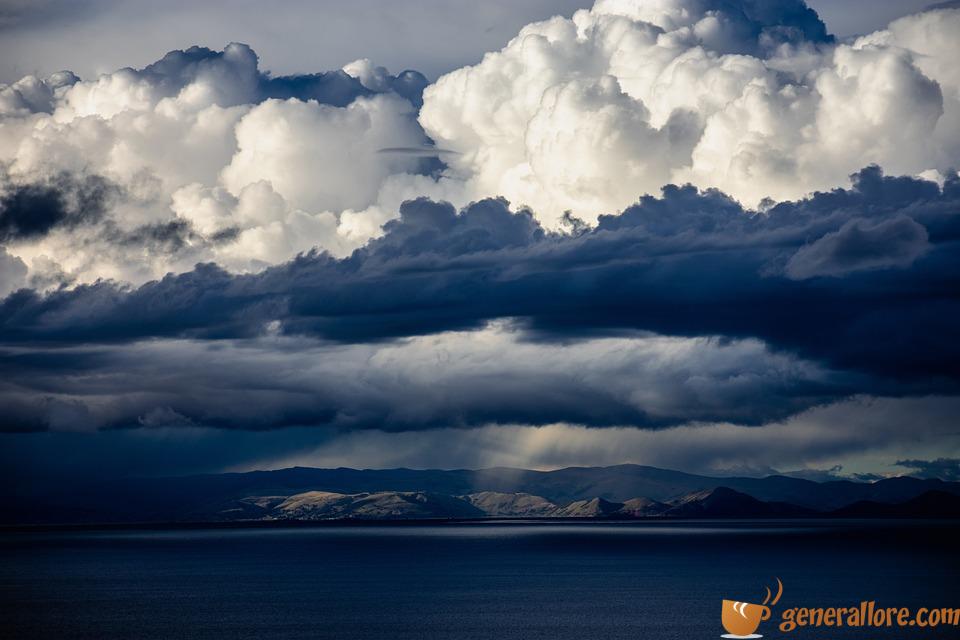Exploring the Wonders of Earth’s Diverse Biomes
Introduction
Earth is a planet filled with a wide variety of ecosystems known as biomes. From the lush rainforests of the Amazon to the frozen tundra of Antarctica, each biome is a unique world of its own. Exploring these diverse environments can provide us with a greater understanding of the natural world and the importance of biodiversity. In this article, we will delve into the wonders of Earth’s diverse biomes, uncovering their unique characteristics and the fascinating plant and animal life that call them home.
What is a Biome?
A biome is a large geographical area of distinctive plant and animal groups that are adapted to that particular environment. These regions are determined by factors such as climate, topography, and soil type, and can be further divided into categories such as forests, grasslands, deserts, and aquatic environments.
Types of Biomes
There are several major types of biomes found on Earth, each with its own set of unique characteristics:
– **Forests**: Forest biomes are characterized by an abundance of trees and are found in both tropical and temperate regions.
– **Grasslands**: Grassland biomes are dominated by grasses and other herbaceous plants and are typically found in areas with low levels of rainfall.
– **Deserts**: Desert biomes are dry and arid environments with little to no vegetation and extreme temperature variations.
– **Tundra**: Tundra biomes are found in polar regions and are characterized by frozen soil and a lack of trees.
– **Aquatic Environments**: Aquatic biomes include freshwater ecosystems such as rivers and lakes, as well as marine environments like oceans and coral reefs.
Importance of Biomes
Each biome plays a crucial role in maintaining the balance of ecosystems and supporting a wide range of plant and animal species. They provide essential resources such as food, water, and shelter, and help to regulate the Earth’s climate and oxygen levels.
Threats to Biomes
Unfortunately, many of Earth’s biomes are facing threats from human activities such as deforestation, pollution, and climate change. These factors can lead to the destruction of habitats and the loss of biodiversity, putting the delicate balance of ecosystems at risk.
Conclusion
Exploring the wonders of Earth’s diverse biomes can help us appreciate the beauty and complexity of the natural world. By preserving and protecting these unique environments, we can ensure a sustainable future for generations to come.
FAQs
1. What is the most biodiverse biome on Earth?
2. How do biomes contribute to the global ecosystem?
3. What are the biggest threats to tropical rainforests?
4. How are animals in the tundra adapted to survive in cold climates?
5. What can individuals do to protect endangered biomes?
6. Are there any biomes that are completely devoid of plant life?
7. How do aquatic biomes differ from terrestrial biomes?
8. What role do insects play in biome ecosystems?
9. Can biomes change over time due to natural causes?
10. Do biomes exist on other planets in our solar system?




